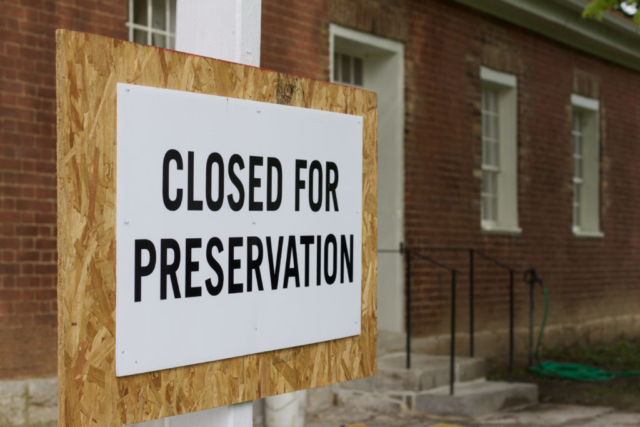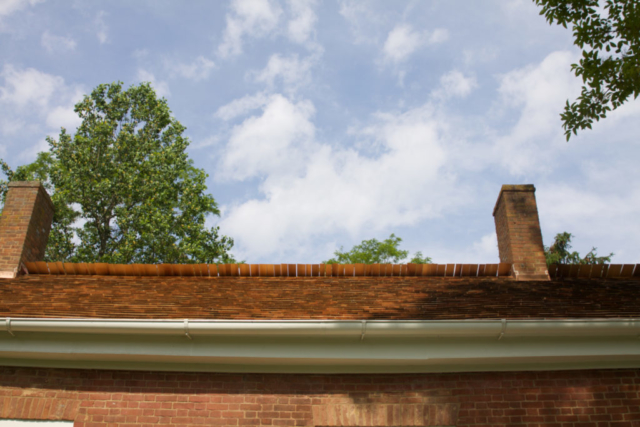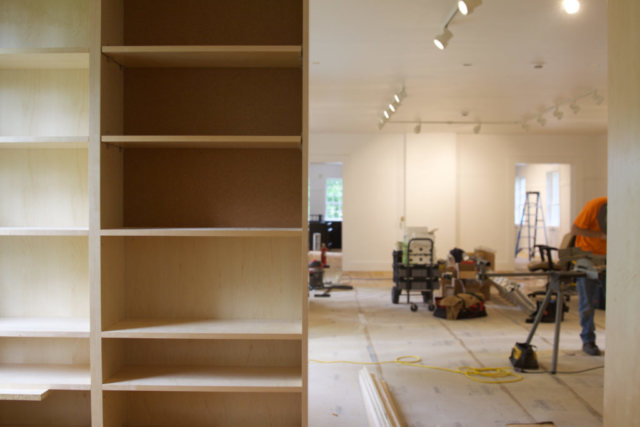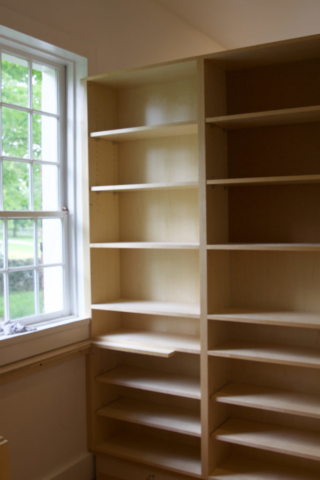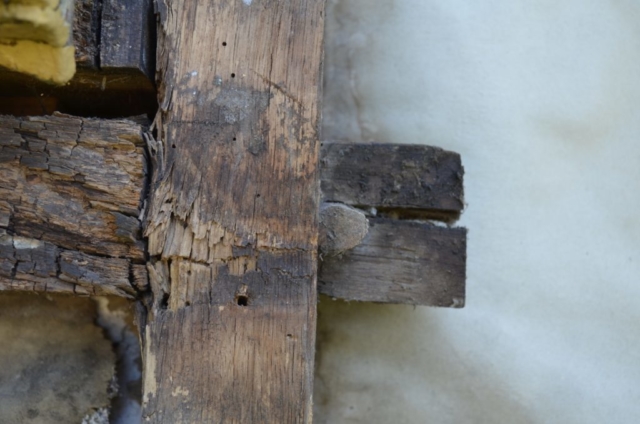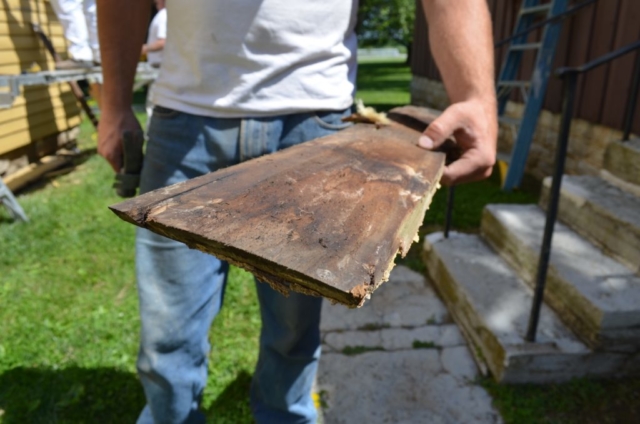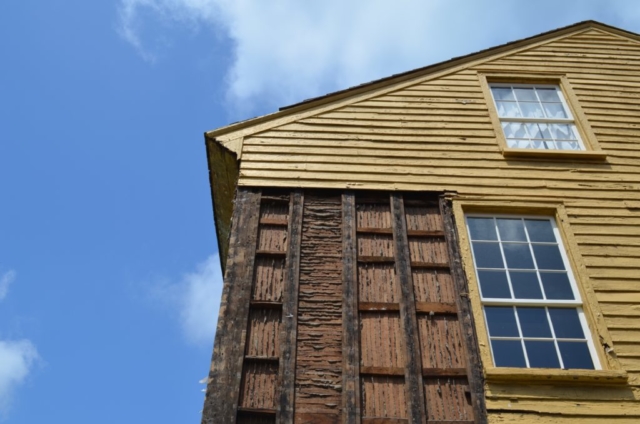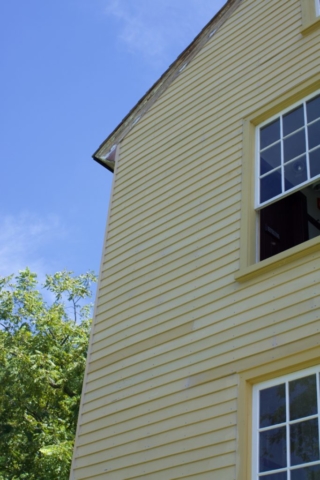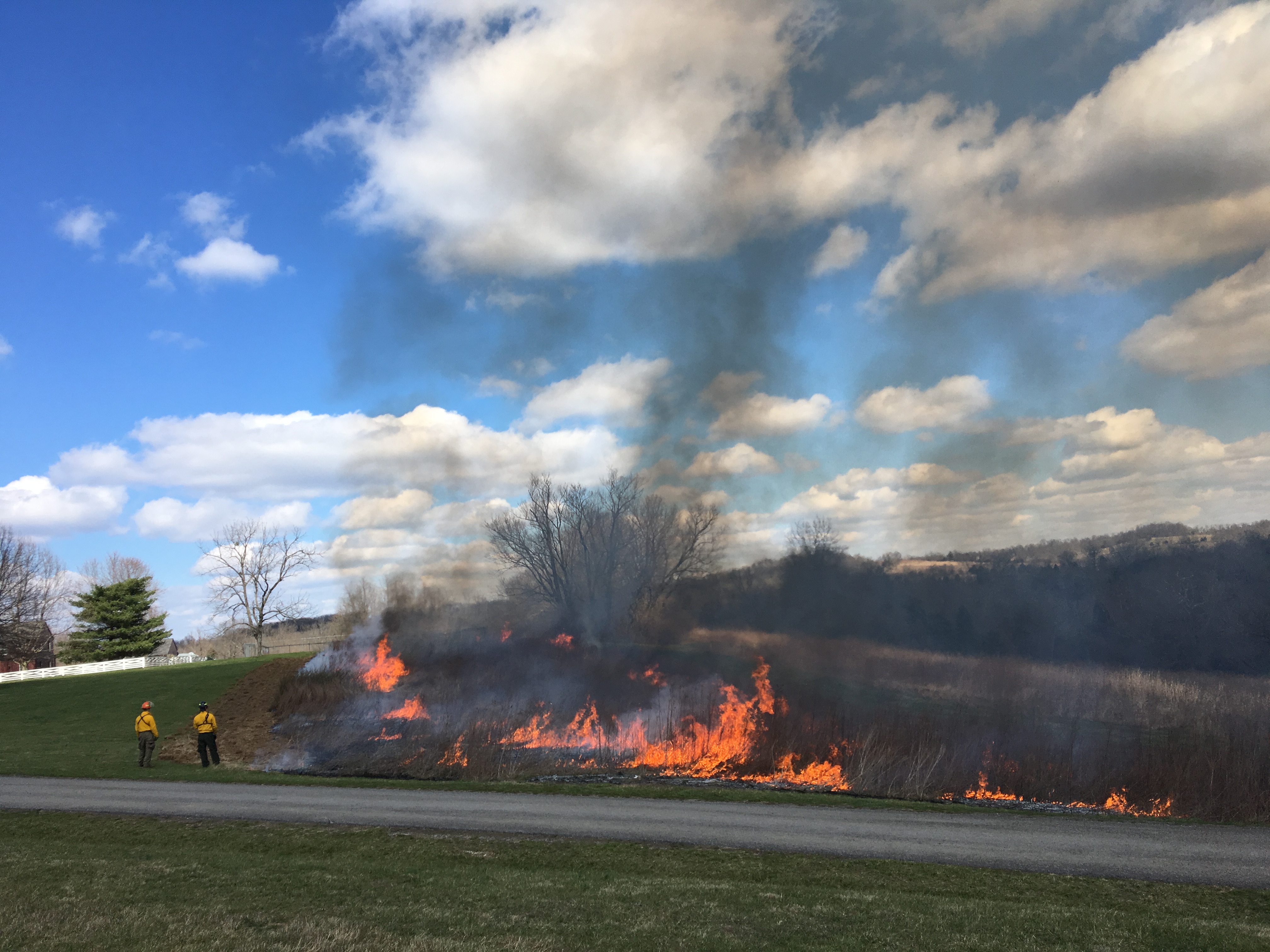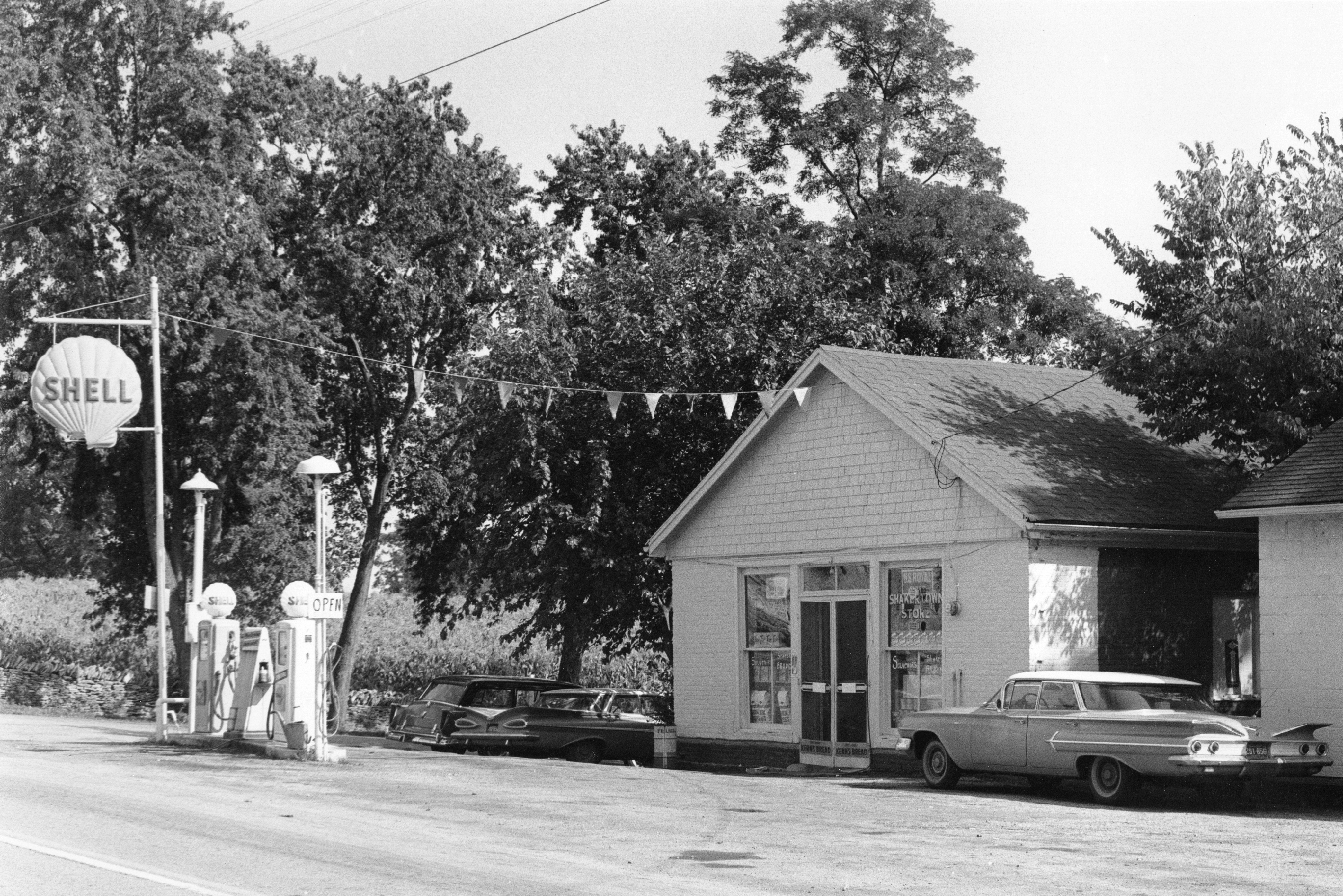The 1815 Carpenters’ Shop has held a front row seat to Kentucky history in action. (Learn more...) This spring, the building closed for preservation work, including the installation of a new wood shake roof; the repairing and painting of wood soffits, fascias and trim; and the repairing and painting of interior plaster, wood trim and casework.
The project also included refurbishing interior spaces to create a centralized welcome experience for guests. You will have a comfortable one-stop location to check-in, purchase tickets and learn about Village happenings. In addition, new hands-on interpretive and shopping experiences will be introduced inside the space. The project continues the rehabilitation of this important building, while creating a new level of convenience and functionality for guests and staff alike.
Here are some recent photos of the work that’s happening in the Carpenters’ Shop:
What will I find in the Welcome Center?
A little bit of everything! The Welcome Center will be your hub for all Shaker Village activity. The space will house our 24-hour sales and information team, The Inn check-in, an interactive introduction to the Shaker Village mission and message, featured products from The Shops, including signature Shaker oval boxes, logo merchandise and much more. Have a question? This is where it will be answered. Need admission tickets? Need a nice place to cool down? Want to see what’s next on the daily tours and activities schedule? This is your place.
As construction wraps up soon, we look forward to unveiling our new Welcome Center this summer! We hope our guests make a point to visit soon and start your Shaker Village experience from the Carpenters’ Shop. The 1820 Meeting House and the 1824 Centre Family Dwelling are next up for rehabilitation, part of a multi-phase effort to revive our rich cultural landscape, so stay tuned for more information as that project progresses.
Learn more about The Carpenters’ Shop past and future. Plan your visit to Shaker Village.
